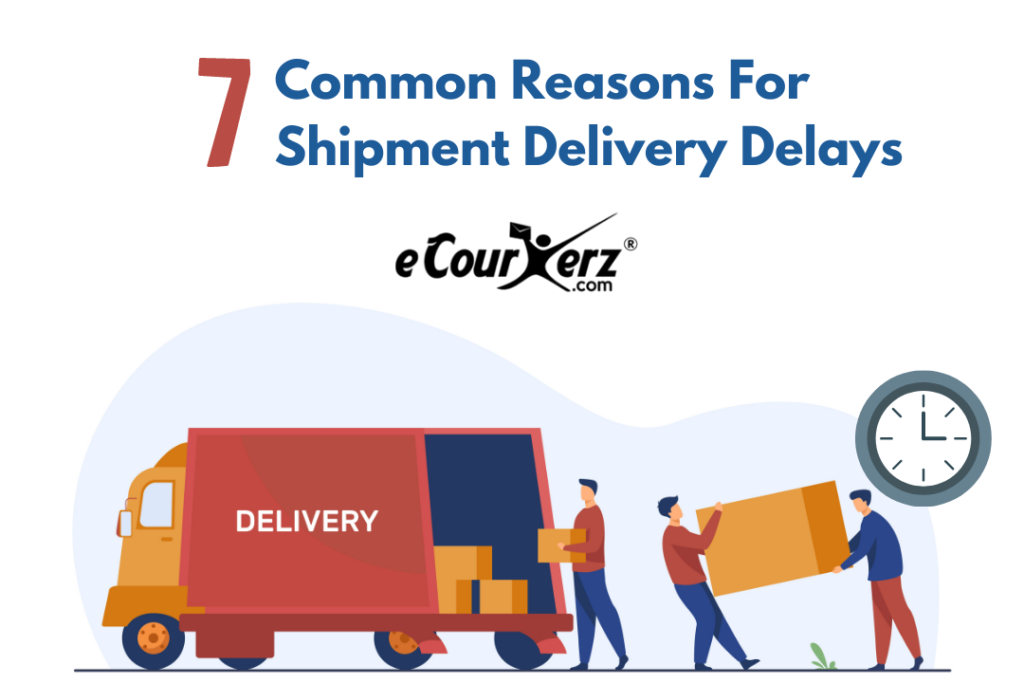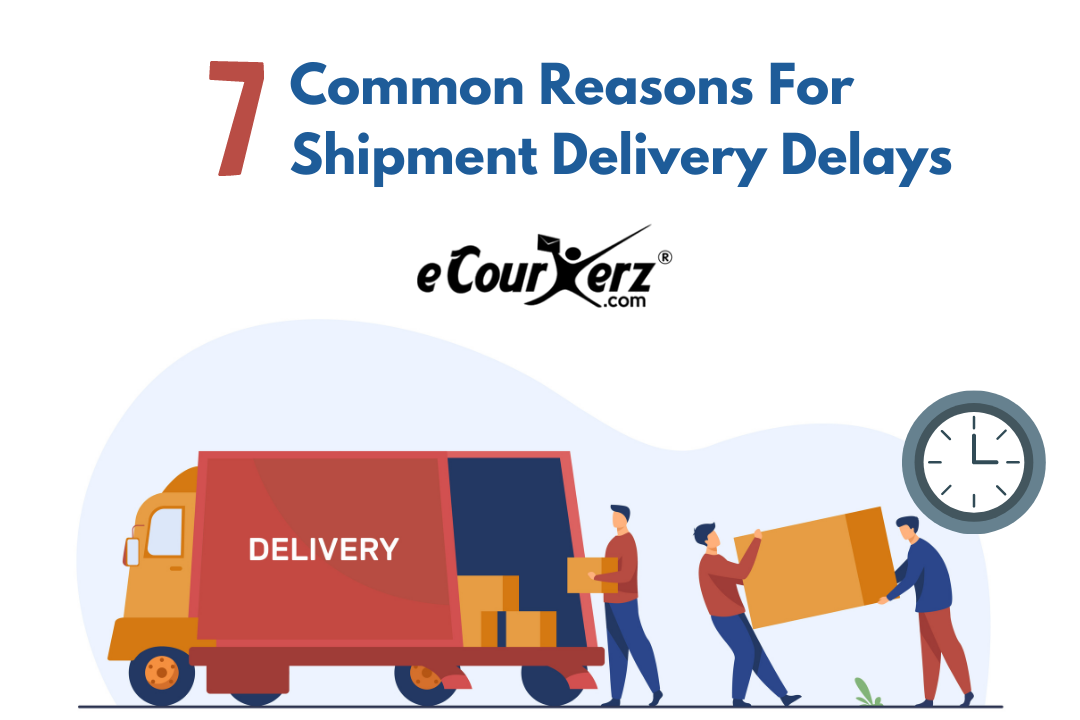
Most of us recall the flurry of Christmas shipping delays that have negatively impacted the holiday shopping seasons over the past few years.
Many businesses find it difficult to handle the logistics of a seasonal demand rush, even in the absence of shipping delays. This can put a strain on cross-functional resources and call for a degree of elasticity and scalability in both your company and its communication strategy.
Evidence suggests that in addition to the typical difficulties businesses encounter during the Christmas season, shipping delays are predicted to be a major issue this winter. The challenges we experienced in 2020 as a result of Covid-related disruptions are reminiscent of this year’s delays, which are obviously a result of the crisis between Ukraine and Russia.
The facts below show that businesses need to be prepared for approaching Christmas supply-chain difficulties…
Global supply chain data reveals that since the end of March, shipment delays from China to the US have multiplied by four.
Costs for shipping are also rising.
Inflation in the price of maritime shipping has also been observed.
Evidence suggests that sustained downstream delays caused by overall increases in shipping prices peak an entire year and a half after the cost increases themselves.
Given this information, this year’s commerce and retail seasons may present challenges for companies of all sizes in ensuring customer satisfaction and maintaining user communication throughout the whole order placement, shipping, and delivery process.
Shipping delays’ negative effects on small businesses
There is convincing evidence that small businesses generally suffer disproportionately from these disruptions, on top of the statistics we’ve already cited indicating the general delays customers will encounter in the 2022 shipping season.
Given their constrained range of resources, it has been observed that small enterprises often fare worse during supply chain challenges. This advice may be even more applicable to you in the upcoming year if you own a startup or a smaller business than it is for larger corporations.
Guidelines for Communicating Updates and Delays in Shipping
We are aware that controlling the dread, rage, and anxiety of holiday consumers is difficult. Here, we’ve laid out what you should do as part of your communication plan to keep on top of a complicated supply-chain scenario with lots of variables beyond your control.
Prepare for Delays
This holiday season, supply chain problems are certain, so you’ll need a strategy in place for how your business will address them before they become a problem.
You can lessen the number of customers who are inconvenienced by delays by taking proactive measures including placing orders with shops ahead of schedule, extending your network of supply partners, and backfilling merchandise that you often sell out of during the Christmas season.
It could be useful to map out your products’ specific course via all shipping touchpoints, from your major suppliers to your warehousing facilities, and finally to a customer’s doorstep, if you don’t already have a clear model outlining your company’s supply chain logistics. Then you can pinpoint user journey points where you anticipate orders may stall and start preparing communications for these circumstances.
It will also be easier for you to plan your segmentation and targeting approach for the following months if you are aware of the products you anticipate being delayed.
Consider the scenario where you are aware that China is home to half the retailers of Santa sweaters. You can create a stockout alert campaign for these items after consulting with your team in advance.
Share Your Expectations Earlier
You can be open and honest with customers about which product categories you anticipate experiencing problems straight during the user journey once you’ve assessed which things you anticipate being delivered on a delayed schedule.
For instance, to alert customers that a specific category of goods, such as the designer purses in your store, is likely to face delays this season, you can activate an in-app message or web popup. Additionally, if you believe that a problem with the supply chain will affect certain products, you can add warnings to the product pages or set off web notifications.
Forecasted delays should be mentioned on your website in numerous locations, including the header, product detail pages, the checkout process, and web push notifications.
It’s best practise to be open and specific when making predictions about which products you anticipate having problems because, even though you might be concerned that some customers will choose to do business with someone else, at least you’ll be open and honest about the inconveniences your customers will experience, which ultimately builds credibility for your brand and inspires trust.
For instance, if you estimate that a particular supplier’s delivery of your shoe inventory is 50% likely to be delayed, you may make a helpful popup on your website that notifies visitors up front that this particular supplier will be running behind schedule.
Push
Push notifications are perfect for prompt reminders along the delivery journey because they arrive as a quick and in-the-moment ping to your user’s smartphone. They may help to support the information in your original official messaging. To reach mobile consumers immediately, you might resend your earlier prepared email messages and apologises with additional push notification sequences. Push notifications are a great way to provide real-time stockout alerts or cautions when a particular item category is running low on supplies. In addition, push offers a fantastic backup channel for users who haven’t clicked on your initial email.
Once a delay has been created, you can utilise the push channel to offer users timely updates on the status of their orders so that they always feel actively involved in the process.
Additionally, some of your audience might be less vigilant about checking their emails, so using push to deliver the message might alert these consumers to the expected delays more quickly.
SMS
Because SMS is mobile-first and targets an audience that is voluntarily opted-in and attentive, it is another channel that is frequently utilised in shipping and delivery procedures. You must use it to convey crucial transactional updates straight to their message inboxes because your text list only includes people who have explicitly chosen to receive your messages through this private channel.
SMS enables you to communicate with consumers that have disabled push notifications for your app, don’t have your app installed, or don’t even own smartphones. They are great for people with restricted internet access as well as for a global user base. SMS is short-form and real-time, similar to push alerts, making it a crucial medium to make your message brief, precise, and understandable. You may always include a link to a detailed email, page, or article on your website that explains the causes of delays with a customer’s purchase.
Start using Mok.one
Mok.one is made to assist you in managing user communication across a variety of channels, including email, in-app chat, bulk SMS, and push notifications for mobile and web. Our platform is simple to set up and makes it simple to send messages that are visually appealing without having to do any coding effort. If you don’t already have one, you can sign up for Mok.one for no cost and start notifying your users of updates right away. Sign up now and see for yourself, don’t take our word for it!
